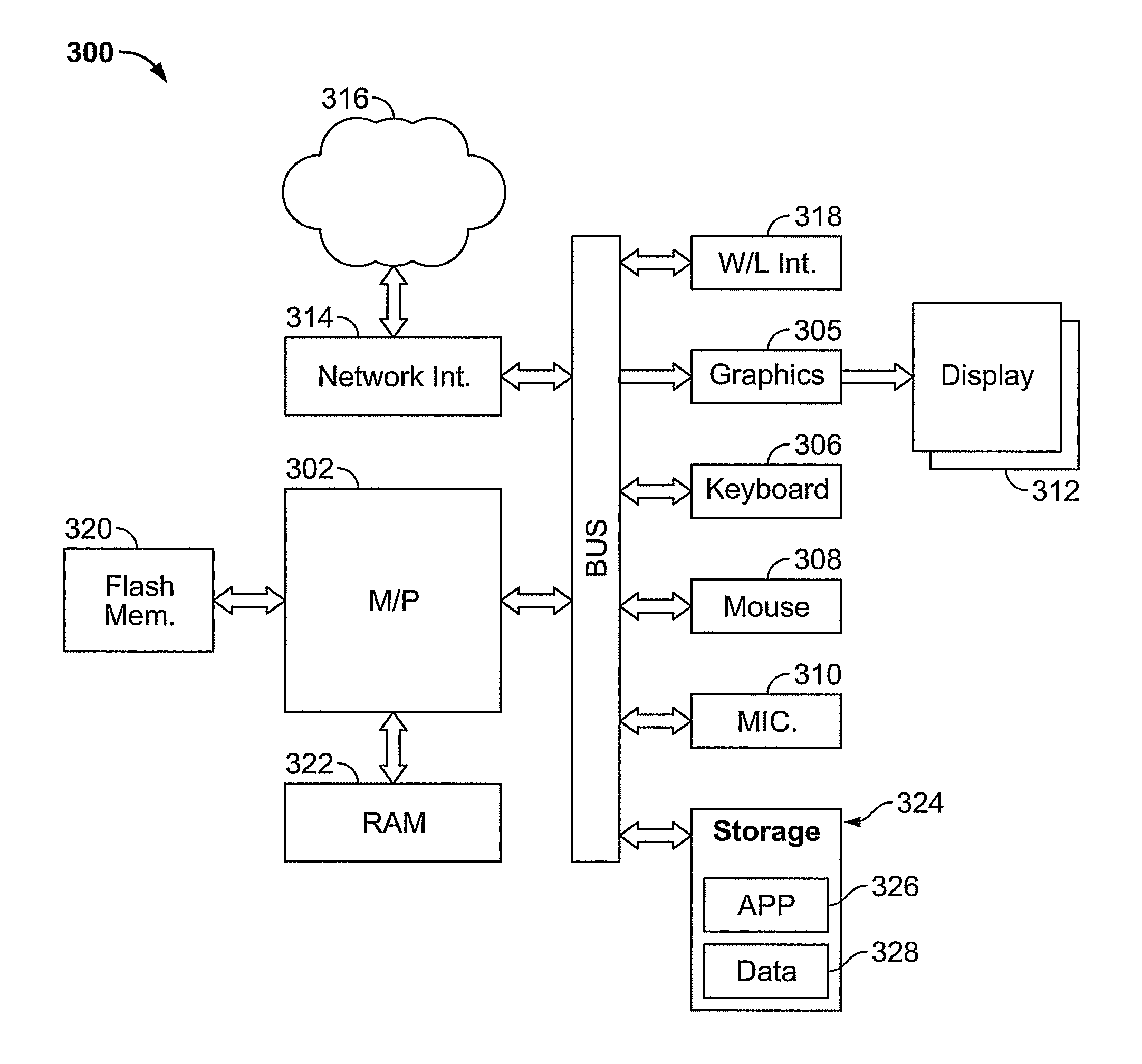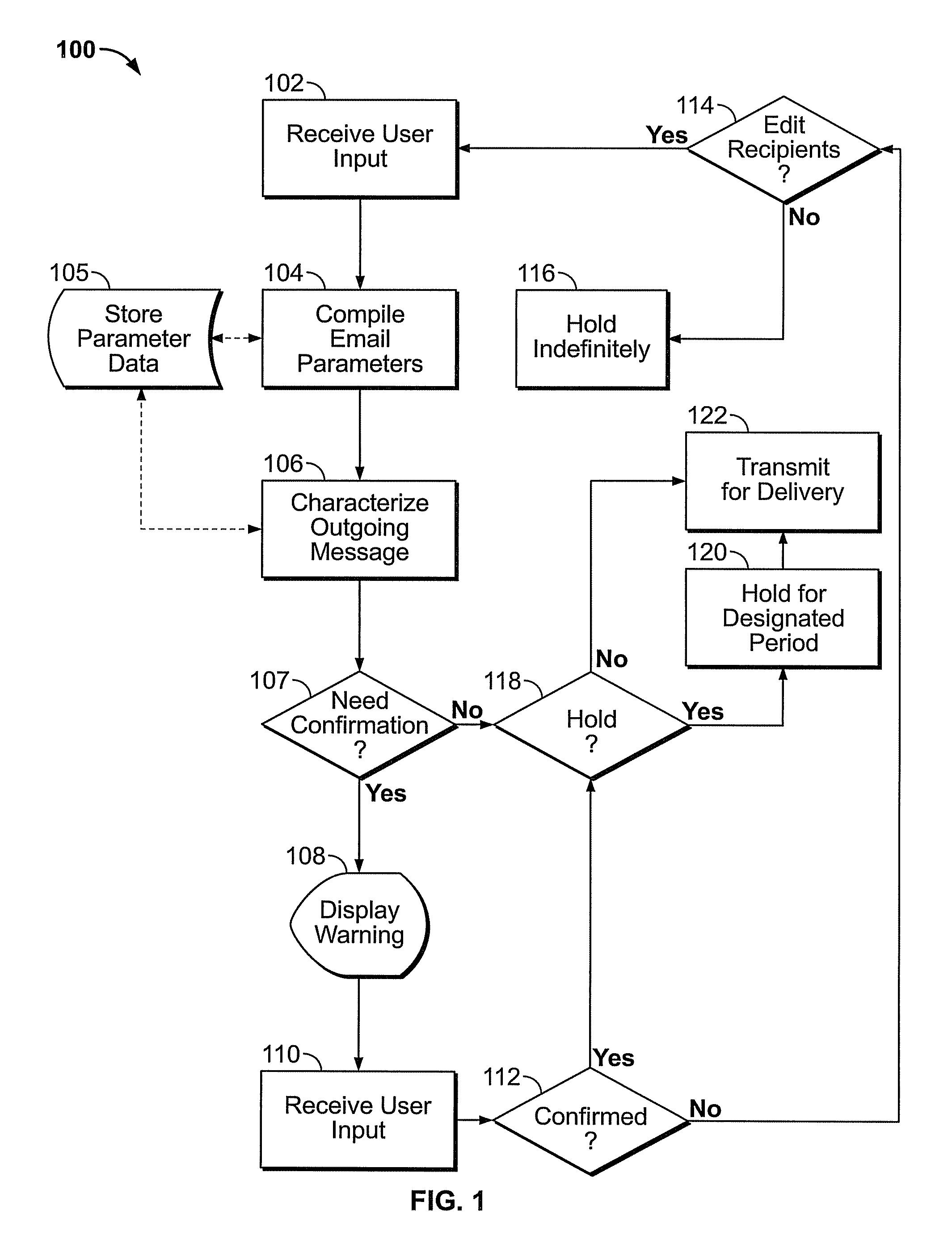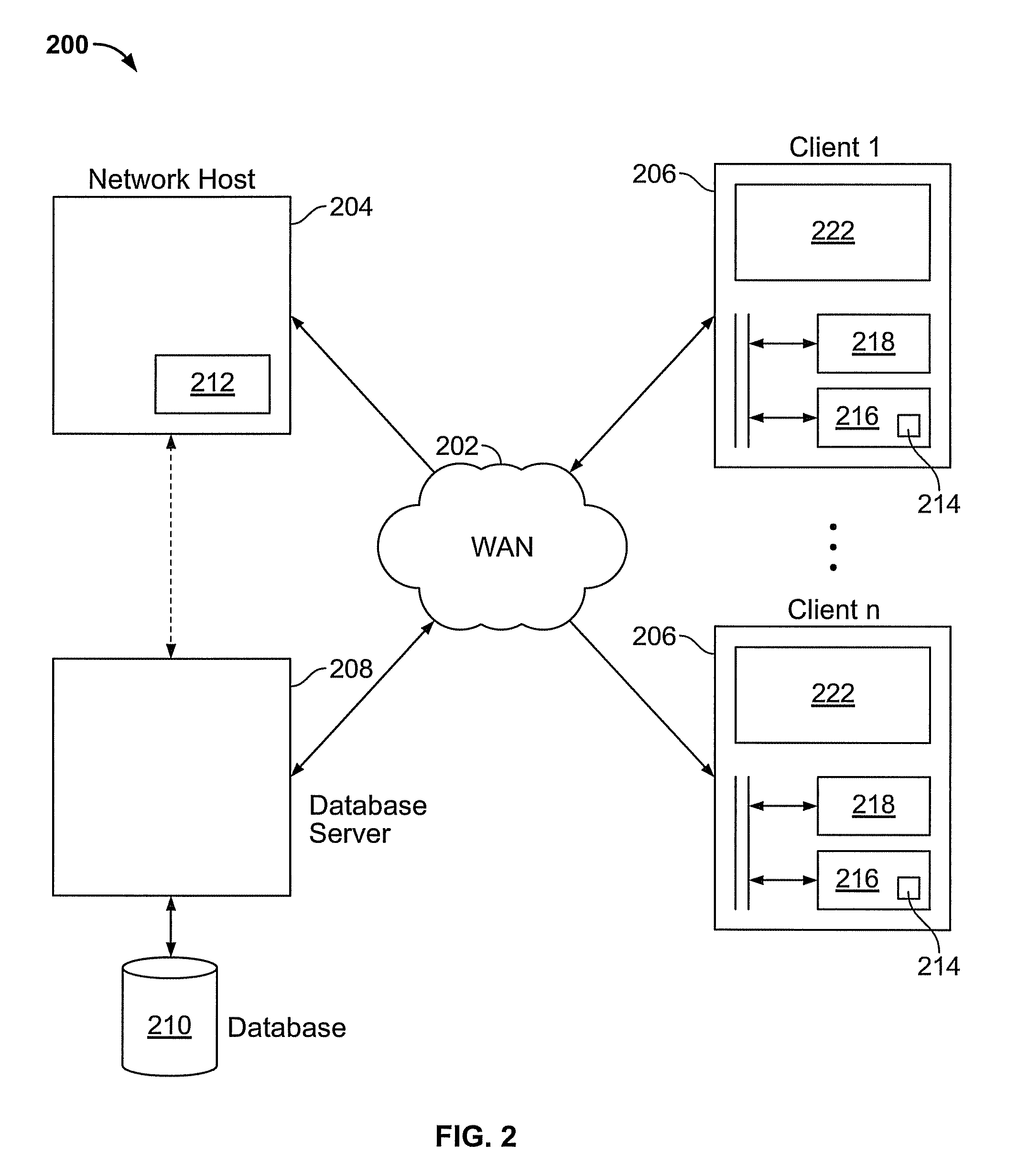Erroneous addressing prevention for electronic messaging
a technology of electronic messaging and addressing, applied in the direction of digital transmission, data switching network, electrical apparatus, etc., can solve the problems of increasing the risk of predictive text identifying the wrong addressee, message transmission to the wrong recipient, confusion, embarrassment, etc., and achieve the effect of reducing addressing risk
- Summary
- Abstract
- Description
- Claims
- Application Information
AI Technical Summary
Benefits of technology
Problems solved by technology
Method used
Image
Examples
Embodiment Construction
[0024]FIG. 1 shows exemplary steps of a method 100 for preventing inadvertent addressing errors in an electronic mail client. An electronic mail or messaging client as described herein may be configured to perform method 100 by providing executable instructions encoded in a tangible computer-readable medium for use by the client. In the alternative, a messaging server may be similarly configured to perform the method, alone, or in combination with a messaging client. The executable instructions may be loaded into processor memory whenever the client's electronic mail or messaging application is operating. These executable instructions may be integrated into the mail or messaging client, causing the client to perform the described actions in addition to the customary functions of an electronic mail or messaging client.
[0025]The mail or messaging client may also be configured with instructions for predictive texting and other addressing features as known in the art. Predictive texting...
PUM
 Login to View More
Login to View More Abstract
Description
Claims
Application Information
 Login to View More
Login to View More - R&D
- Intellectual Property
- Life Sciences
- Materials
- Tech Scout
- Unparalleled Data Quality
- Higher Quality Content
- 60% Fewer Hallucinations
Browse by: Latest US Patents, China's latest patents, Technical Efficacy Thesaurus, Application Domain, Technology Topic, Popular Technical Reports.
© 2025 PatSnap. All rights reserved.Legal|Privacy policy|Modern Slavery Act Transparency Statement|Sitemap|About US| Contact US: help@patsnap.com



